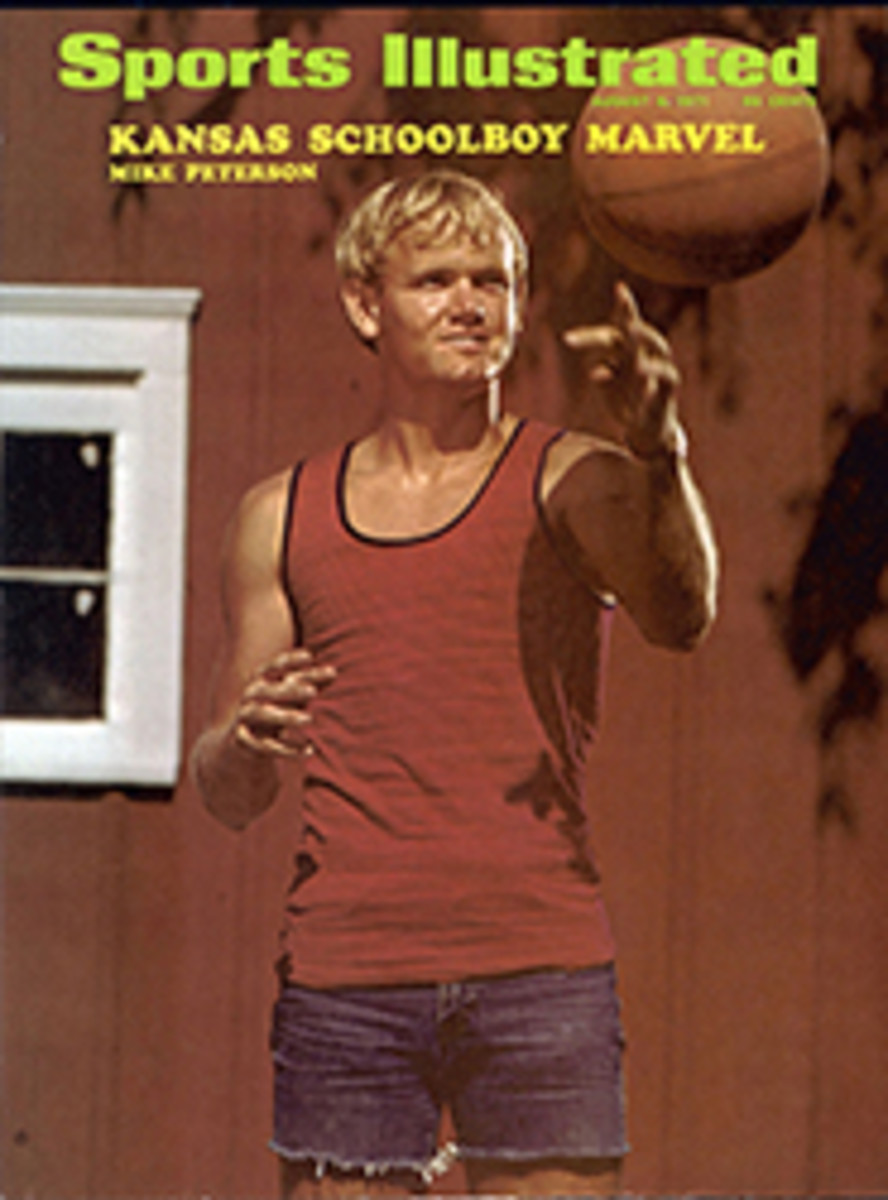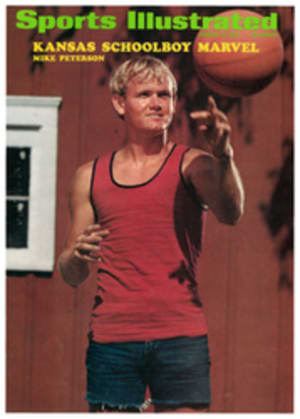
A long-distance runner is saved from loneliness by dogs, cops and wise guys
Half of Hal Higdon's On the Run from Dogs and People (Regnery, $5.95) is made up of explanations and anecdotes intended to show the nonrunner how interesting long-distance running really is. You stride along the street in shorts and T shirt in the early morning or late evening, trying to get in shape for the next race. Strangers shout encouraging remarks such as "Late for work again?" or "Where did you leave your pants?" Sometimes a police car pulls up ahead and officers emerge, saying, "Stop where you are!" Runners have been mistaken for heavyweight contenders doing their roadwork, and for the Nude Burglar, who terrified the town of Evanston, Ill. because he stripped off his clothes and laughed hideously as he looted houses.
It is unwise to train by running past prison farms or mental hospitals. Country roads are better, though a distance runner in Florida was once pursued by turkey gobblers. Horses seem to be indifferent to the sight of a man running along a road. Dogs, however, are prone to dart from porches, yards and hedges, snarling and growling.
Higdon himself was once chewed by a sneaky German shepherd that came up on him from behind and did not even bark. And yet, he says wonderingly the dogs along the route of the Boston Marathon do not do anything when as many as 1,300 runners stream past. They sit on the porches and watch, mesmerized.
The latter half of On the Run is a mildly facetious account of Higdon's own distance career. He tells how he began in childhood winning a money prize in a sack race (which he fears made him technically a professional ever since), took up track in high school and in his junior year at Carleton College won the mile and the 880 in the Midwest Conference championships. Since the entry fee in the 1952 NCAA championships at Berkeley, Calif. was only $2 it was a simple matter to persuade the track coach to enter a Carleton College contingent, especially since the contingent had to get to California from Minnesota on its own. The Carleton broad jumper "had the most impressive credentials of all: a 1940 Mercury coupe." Of his own start in big-time competition, Higdon says, "I sprinted right into last place at the start and held my position to the finish." The experience taught him that "everybody loves a loser."
Now 40 years old, Higdon has competed in 40 marathons, including nine at Boston. He first ran there in 1959, when he sat down on the curb after 18 miles and was unable to get up. In 1962 he finished 26th, with a time of 2 hours 46 minutes. In 1963 he knocked 10 minutes off that to finish 13th. And then in 1964 he had his finest hour—or finest 2 hours 21 minutes 55 seconds to be exact. He set out amid snow flurries with 300 contenders, the largest field ever up to that time. After 20 miles he was second to Aurele Vandendriessche, the eventual winner. Even with only a mile to go he had hopes of finishing fourth, but the last half mile "seemed longer than the entire distance." He finished fifth, posting the 10th fastest time in the 67 previous years of the Boston Marathon and was the first American among the finishers. "I crossed the line and stopped, my head hung low, my arms resting on my knees. 'Do you want a blanket?' a voice said. I shook my head. I was crying at that point. I had wanted to win." That was the high point. Since then, he confesses, he has kept on running, but it has all been downhill.

